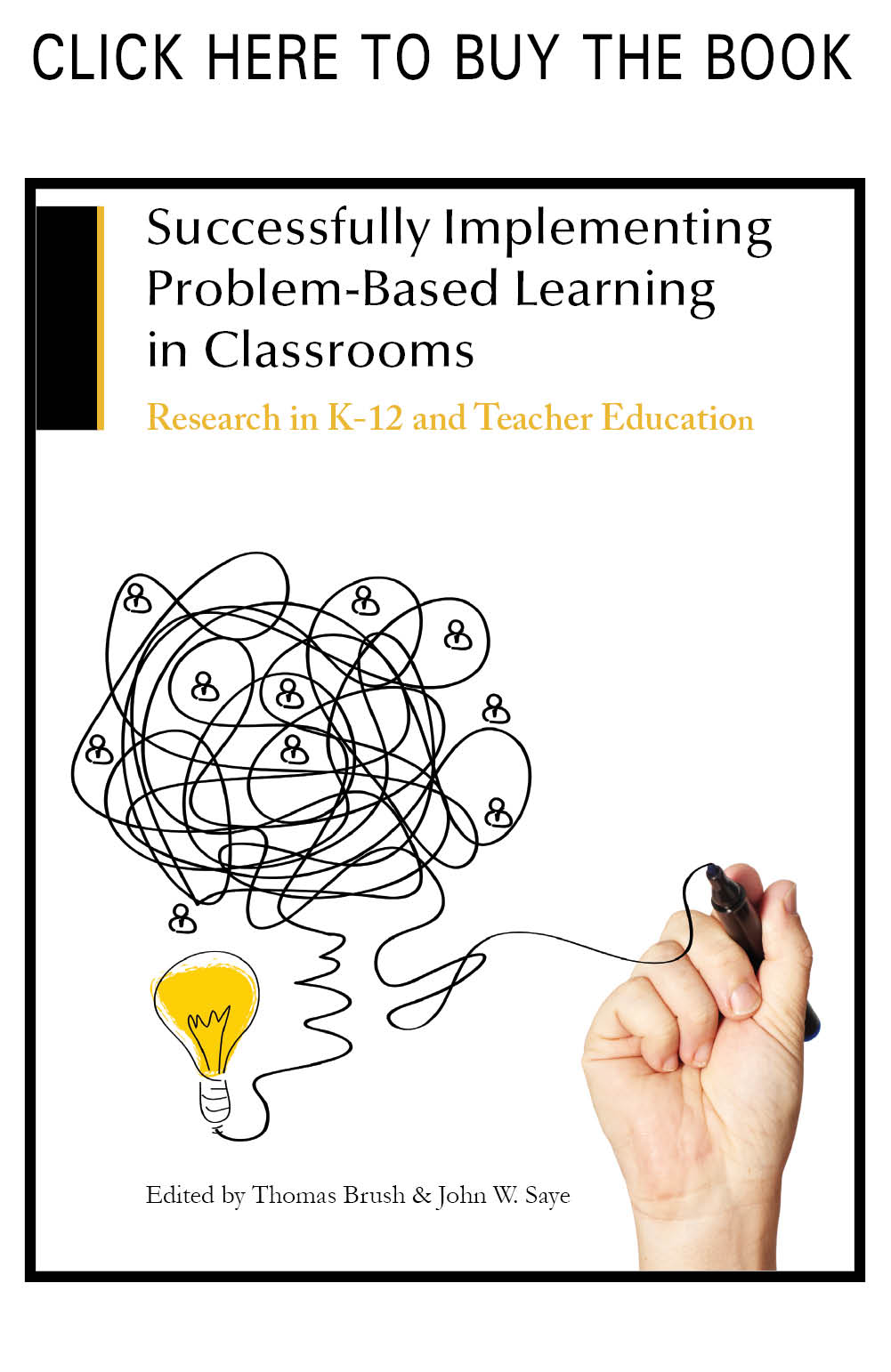Abstract
One goal of the US Department of Education-funded Project Insights was to see if the use of Problem-based Learning (PBL) would encourage students to reveal previously unseen academic potential. Two PBL units were taught to 271 sixth grade students in 13 classrooms. Afterwards, teachers identified students who demonstrated previously unseen academic potential during the PBL units. This advanced academic potential group was compared with students identified as gifted using district criteria and the remaining sixth grade students. Measures included standardized achievement test scores, teacher ratings of students’ engagement in PBL, and independent ratings of students’ performance on specific PBL assignments. Results of comparisons support the teacher’s identification of the advanced academic potential students as a group distinct from both from the traditionally identified students and general education students. Findings suggest that a well-designed, engaging curriculum such as PBL can create learning context that encourages more students to reveal academic potential.
Recommended Citation
Gallagher, S. A.
,
&
Gallagher, J. J.
(2013). Using Problem-based Learning to Explore Unseen Academic Potential. Interdisciplinary Journal of Problem-Based Learning, 7(1).
Available at: https://doi.org/10.7771/1541-5015.1322
Included in
Curriculum and Instruction Commons, Educational Assessment, Evaluation, and Research Commons, Gifted Education Commons




